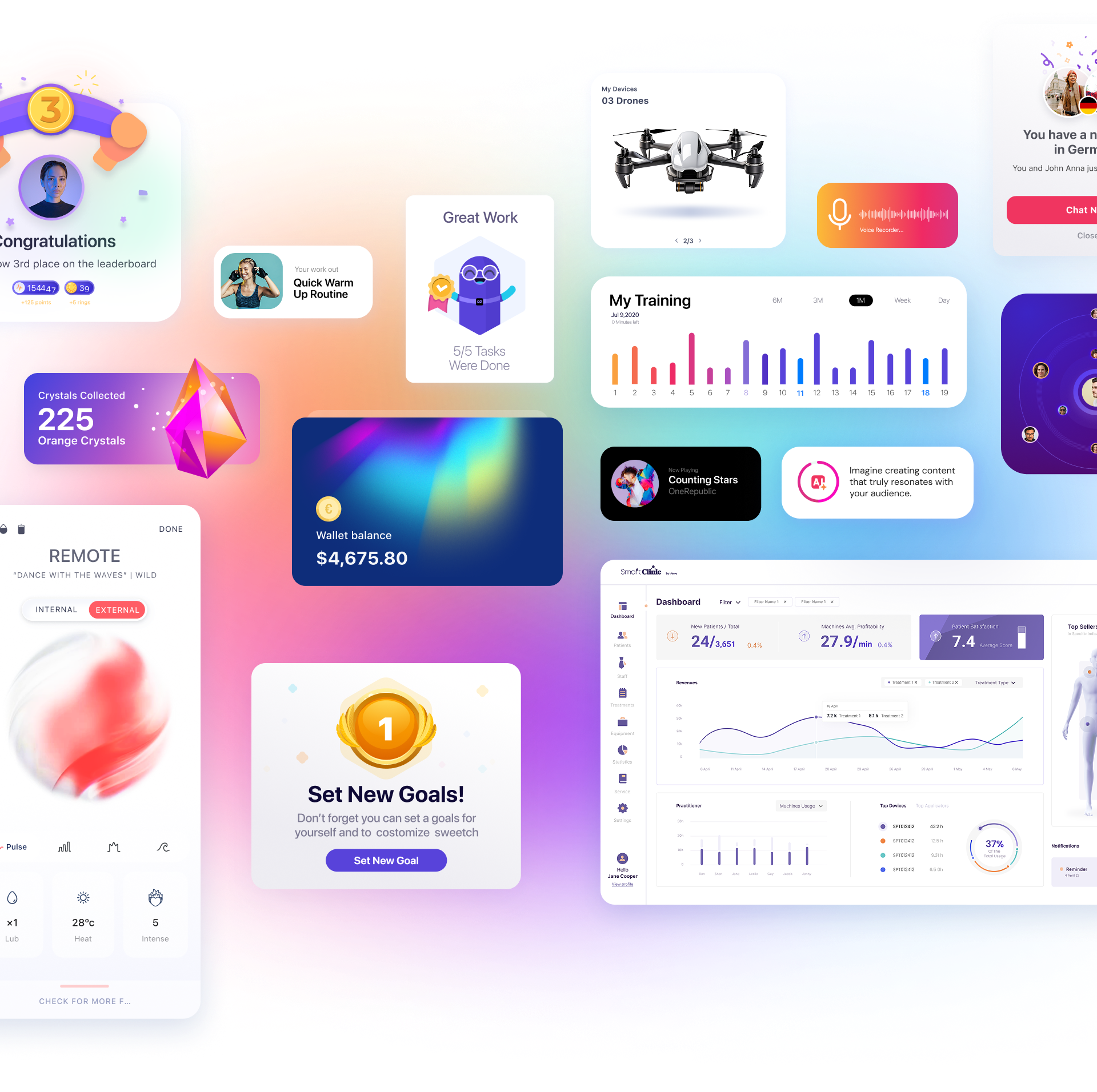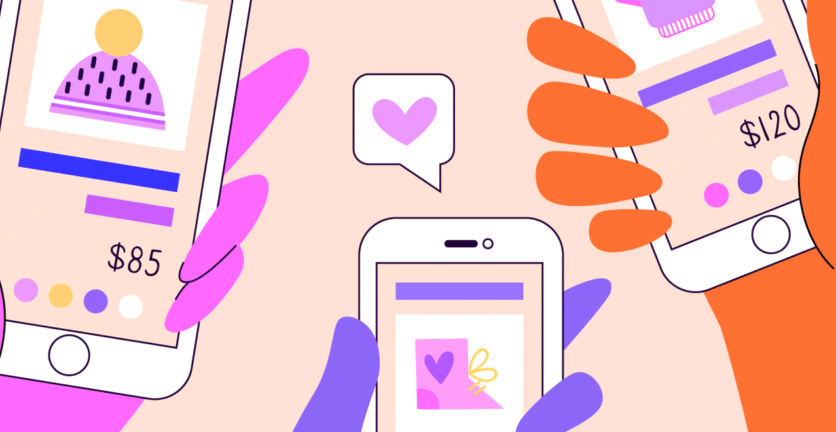There are two critical parameters for the success of any system or application: the number of new users (Customer Acquisition) and the Retention Rate. The first-time user experience is often crucial to the overall success of the venture, as it directly impacts the user’s initial perception of value and, consequently, the Retention Rate.
What is First Time User Experience (FTUE)?
FTUE is the initial interaction between a user and the system. It is the user’s ability to identify and understand how to fulfill the need that brought them to the product in the first place. This experience will determine whether the user becomes a returning customer and will significantly influence the product’s chances of success.
You never get a second chance to make your first impression.
Very often, designers and product developers forget that new users encountering the system for the first time do not know how to operate it, what need it addresses, or what value they will gain from using it.
When considering the user’s first impression, the main focus should be on the value delivered. Sometimes, those involved in product design and development think too broadly, when in fact, they should distill the core value of the system and highlight it in the initial experience. Encouraging users to perform key actions within the system helps reduce confusion and frustration. Every detail in the user’s first experience—colors, images, call-to-action buttons, language, and more—directly affects their future behavior.
What is Onboarding?
Onboarding is a process—a designed sequence of interactions and instructions that help users ease into their first experience with the system. This can be done through short explanations or a series of tasks to complete. The goal is to show users the process they need to go through to receive a service, while also presenting the system and its advantages.
A convenient and user-friendly onboarding process builds trust and confidence, leading to stronger relationships and increased customer loyalty.
So, how can you make your product succeed?
First, define the ‘first-time experience’ as a critical process, even after you have finished designing and developing your product.
As explained above, user experience is a major factor in your product’s success. Don’t let it be overlooked—assign someone from your team or organization to be responsible for it.
Responsibility should be allocated according to the size and maturity of the product or system:
For early-stage startups, one of the founders will usually be responsible. For more mature startups and ventures, it could be the VP Product or a member of the marketing team.
To ensure a consistent experience, the person or team responsible should oversee all aspects of onboarding, including the initial user experience and the implementation of new features or designs.
Guide your users’ behavior
User behavior is made up of three main components: motivation, ability, and triggers that prompt users to take action.
When designing the first-time experience for a system or product, it is important to focus on understanding user behavior. The experience should emphasize delivering value before introducing the entire system and its features.
For example, you can “activate” a sequence of actions you want the user to take, use visual cues, or even provide a detailed walkthrough.
Your goal is simple: outline a series of steps so that the user quickly and easily identifies with the app and gains value from it.
The “Aha Moment” – when your app’s value promise is revealed to the user
This moment occurs when the user understands and internalizes the value your product or system provides. From that point, they are more likely to pay for it, provide additional information, and share it with others.
Identifying the point at which the user perceives value is a process of trial and error. Sometimes, you will need to estimate when this moment occurs based on your product’s unique value or differentiation, and test it through surveys or user testing.
Once you have identified this moment, ask yourself: Are all the steps leading up to the app’s value necessary? Are the next steps clear to the user, and do they know how to complete them?
For example, in a newsletter platform, the goal is to allow the user to create a designed template quickly and send it to themselves. If it works smoothly, the user feels successful.
Another well-known example is Waze: the user enters a destination, taps once, and immediately receives routes, travel time, and, most importantly, the estimated arrival time.
Use a combination of channels
There are three main channels in the first-time user experience: email, in-app messages, and product tours.
Combining these channels will educate, challenge, and motivate your users.
Analyze the first-time experience repeatedly
It is important to treat first-time use as an ongoing process that requires regular maintenance and fine-tuning to increase user engagement.
The idea is to develop and design an initial draft of the experience, then use analytics to optimize it over time.
There are three main tools you can use for optimization:
Analytics—tools for tracking user activity within the system
A/B Testing—comparing two versions with different user groups
Heatmaps and video screenshots—software that analyzes the user journey within the system
Using these tools will help you evaluate and improve the first-time user experience, maximizing user interaction and engagement.
In summary
There is no single answer to what the first-time user experience should look like. What works for one system may not work for another.
The initial user experience should give users a sense of success. Whether your product is about innovation, entertainment, or solving a problem, users often try something new because they are dissatisfied with their current situation.
Learning how to deliver value to users during their first interaction with your system will not only get them through the door, but will also keep them coming back.





 Book a Call
Book a Call





